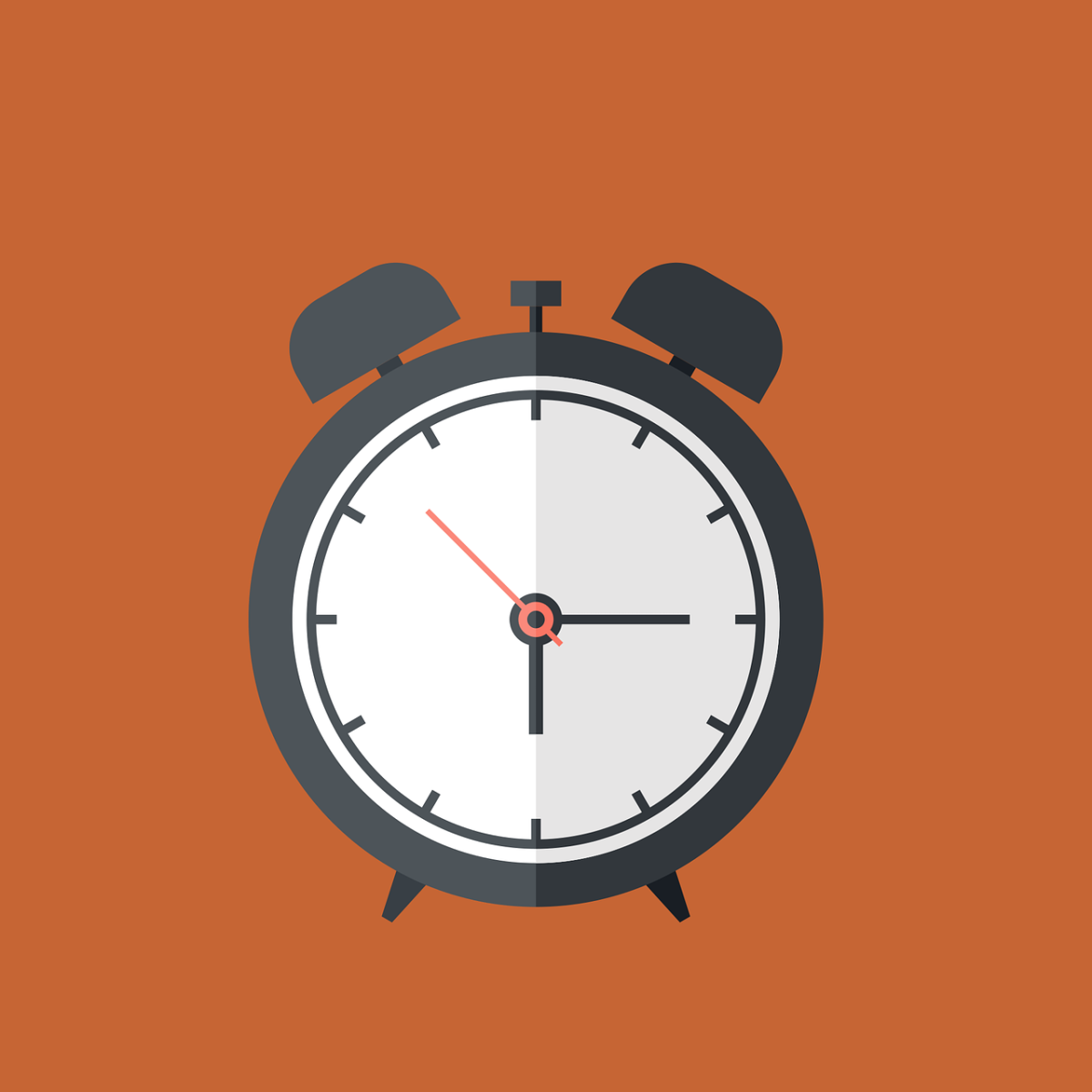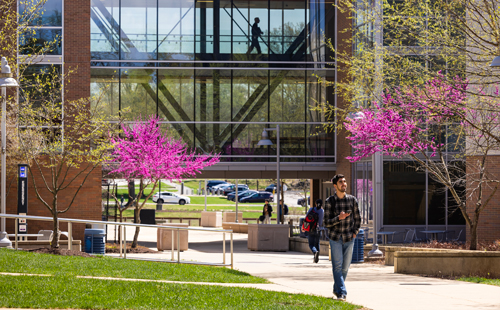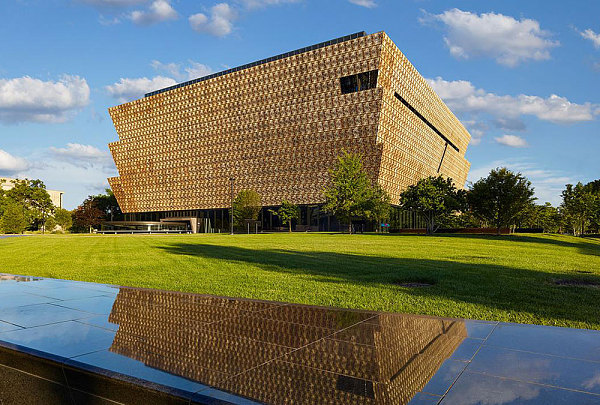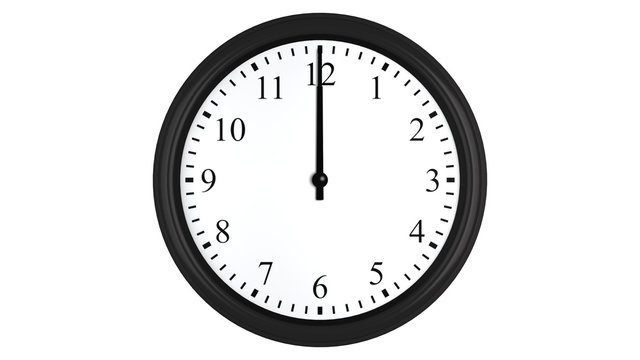Twice a year clocks get adjusted as a result of the sun’s decreasing or increasing daylight hours. This past Nov. 3rd, clocks nationwide gained an hour in exchange for an hour of daylight in the evenings. Now, if you went outside at five p.m., it would be pitch dark. However, despite the clocks changing for what may feel like the worst, there is a massive misconception surrounding the practice of daylight savings.
Daylight savings, which occurs from the second Sunday in March to the first Sunday in Nov., is hated by over half of the U.S. population yet around 87 percent of people enjoy the spring and summer months the most, per the blog Embodied Living, which raises the question: why is daylight savings so hated if people find themselves the happiest during the observed months?
Those who hate daylight savings hate the shift in the clocks. The adjustment of the clocks can throw one’s sleep cycle off entirely, causing negative health risks such as an increased risk of heart attack and stroke, as mentioned on the John Hopkins Bloomberg School of Public Health website.
While there is no solution to the shift in the clocks, when daylight savings is observed, the health benefits are immense. The Nature Made Health article links daylight savings to improved mood, productivity, exercise and production of Vitamin D due to increased serotonin levels from longer days.
The months that overlap with daylight savings happen to be the warmer months, including WCHS students’ spring and summer vacations. The months that daylight savings fall under encourage more outdoor activity, such as walking, biking, eating outdoors, etc. On the other hand, the winter months, falling under the standard time pattern, promote more indoor activities such as watching a movie or baking. There are much more activities to be done in the daylight saving months than in the standard winter months.
Promoting outdoor activity was the original intention of daylight savings, as the practice was created to conserve energy during World War I when costs were heavily budgeted and tight. Even today, there is a slight correlation between reduced costs during the daylight saving period compared to the standard time. According to Energy Harbor, nearly 1.3 TeraWatt-hours per year of energy is saved as a result of daylight savings.
Moreover, daylight savings entices safety benefits. With more sunlight hours, there is more opportunity for individuals and objects to be seen. When surroundings are able to be seen more easily, the amount of traffic accidents and crimes is reduced. Specifically for traffic accidents, the majority of impaired drivers on the roads are at night hours. Meaning, when there are fewer daylight hours, there is more time for a driver under the influence to be on the road.
It is clear why people claim they feel happier in the spring and summer months. However, there is no avoiding the shift in the clocks and the potential risks that come with it. The common misconception that daylight savings is observed during the winter months, rather than the warmer months, only amplifies one’s hatred towards the practice.
From the health benefits supported by daylight savings to the reduction in energy costs, promotion of outdoor activity, and safety benefits, costs to promoting outdoor activity and safety benefits, daylight savings is completely misunderstood, when it has positive effects on society.















